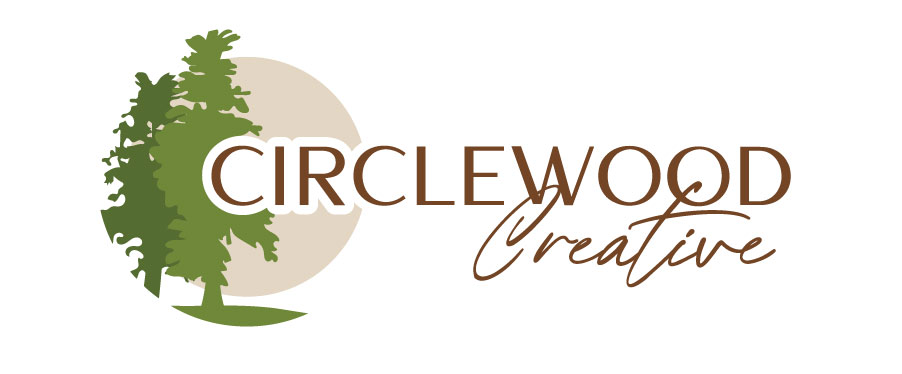If your business doesn’t have a blog, you could be missing out! Blogs create opportunities to attract new customers, deepen your brand’s relationship with existing clients, and perform better on search engines. This article explains how to get started.
Choose a content management system.
The first step is to select a content management system (CMS). As you probably guessed from the name, this is where you go to manage all your blog content. Creating, publishing, organizing, and distributing—it all happens here.
Many website hosting platforms have a CMS tool built in. WordPress, Squarespace, and Wix are the most popular ones. Your existing website may already have this tool, so you just need to set it up. If you need help with this or a need a new CMS, talk to your web designer. They can help you set it up.
Most CMS platforms are straightforward to learn and easy to use.
Do some research
Next comes research. Start with your target audience. Who are they? What are they interested in? What problems do they face, and what do they need? Their demographics (age, location, education, income) also inform your blog content’s tone and language.
If you don’t know anything about search engine optimization, educate yourself. Otherwise, it’s best to work with an SEO specialist. Your blog must perform well on search engines since that’s how most new customers will find you.
Identify a handful of keywords to include in your blog posts. Looking at keywords and trends can also give you ideas for post topics. Brainstorming (and researching) issues in advance will make a consistent posting schedule feel more attainable. Get your team involved in a brainstorming session. These are all things the team at Circlewood Creative can help you with.
Build a content calendar.
Your content calendar outlines what you post, when you post it, and how often you post it. It also consists of all the awesome ideas you’ve brainstormed. Read about more content creation tips for small businesses.
Take all of those great post ideas you came up with during the last step and organize them onto a calendar. Use seasonal or time-sensitive topics at the right time, and include evergreen content in your calendar. That way, you can repurpose that content or those ideas on other marketing channels.
Consistent posting is vital to building a loyal readership, so decide on a schedule and frequency of posts now. Your audience should know when to expect new content, and consistency is also beneficial for SEO.
Start writing posts for your blog.
Finally, it’s time to get started writing! Writing is when you convert your ideas, target customer profiles, and SEO research into engaging content. It should educate, entertain, or help your audiences in some way. Ultimately, your blog should provide value (as well as help your website perform on search engines).
However, what you write about and who you’re writing for are just the beginning. You need to pay equal attention to how you write. Every blog post needs to be clear, concise, and of the appropriate length. It also needs to be written with engaging and easy-to-understand language.
Writing high-quality blog content requires time and a little know-how. Fortunately, Circlewood Creative is here to help. Our professional writers produce high-quality posts for readers and search engines.
Don’t forget to proofread
Before you press publish, don’t forget to proofread! Typos, spelling and grammatical errors make your business appear unprofessional and sloppy. Take your time and proofread carefully. If you’re unsure, consider using a tool like Grammarly.
Starting a blog for your business is worth the investment. However, it can be time-consuming and difficult. Partnering with a professional content agency like Circlewood Creative saves you time (and a few headaches) while ensuring that your blog hits the ground running.





